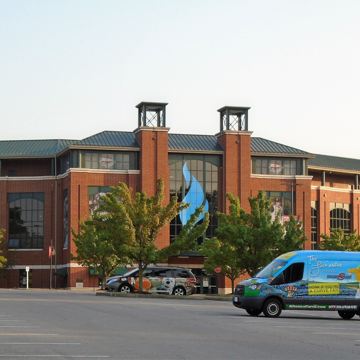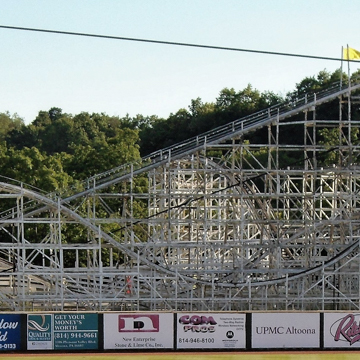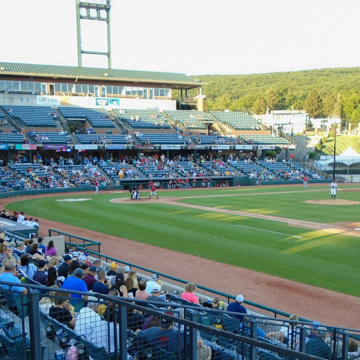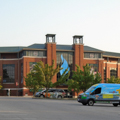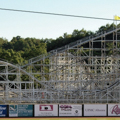In 1893, the six-year-old Altoona and Logan Valley Electric Railway Company opened Lakemont Park on 113 acres. The park included a thirteen-acre artificial lake and a wood-framed casino. It was accessible to both Altoona and Hollidaysburg residents by a trolley that ultimately expanded into an interurban line linking several central Pennsylvania cities. Today, the park has over thirty rides and a waterslide park. Lakemont Park is also home to Leap the Dips of 1902, a National Historic Landmark and the world's oldest and the last remaining side-friction roller coaster. The ride begins with a push from the attendant and reaches a rollicking ten miles an hour at its fastest. It was restored by private donations between 1997 and 1999, and reopened. The park is adjacent to the Blair County Ballpark, home of the Altoona Curve baseball team that is affiliated with the Pittsburgh Pirates. The stadium, designed by Louis D. Astorino and Associates, seats 6,200.
You are here
Lakemont Park and Blair County Ballpark
1893 park; 1999 stadium, Louis D. Astorino and Associates. Frankstown Rd. (PA 1009) at Lakemont Park Blvd.
If SAH Archipedia has been useful to you, please consider supporting it.
SAH Archipedia tells the story of the United States through its buildings, landscapes, and cities. This freely available resource empowers the public with authoritative knowledge that deepens their understanding and appreciation of the built environment. But the Society of Architectural Historians, which created SAH Archipedia with University of Virginia Press, needs your support to maintain the high-caliber research, writing, photography, cartography, editing, design, and programming that make SAH Archipedia a trusted online resource available to all who value the history of place, heritage tourism, and learning.


